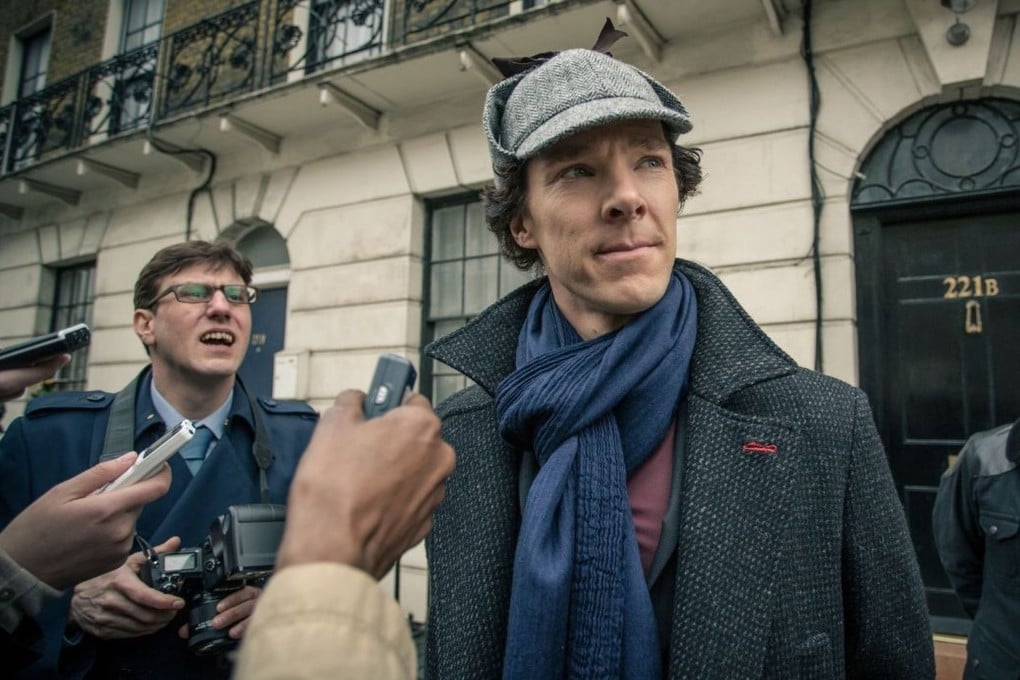Opinion | China’s collapse or domination? Avoid the mistakes of Sherlock Holmes’ creator
The creator of the great detective was fooled by a hoax; we should avoid certainty about the future too

Never before have we faced such rampant information manipulation in our daily lives – and with the rise of artificial intelligence, this may only be the beginning.
Since his debut in 1887, Holmes has become one of history’s most beloved fictional characters; the epitome of logical reasoning, sharp observation, and scientific deduction.
In 1917, nine-year-old Frances Griffiths and her sixteen-year-old cousin Elsie Wright from Cottingley, England, claimed to have seen fairies by a stream. To “prove” their story, they borrowed Elsie’s father’s camera and produced five photographs featuring themselves with tiny, dancing figures.
Elsie’s father dismissed the images as fakes, but the girls insisted they were real. Doyle, grieving his son’s death in World War I, had become deeply invested in spiritualism. He saw the photos as validation of his beliefs.
